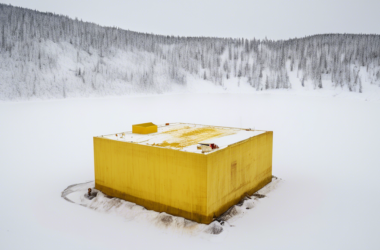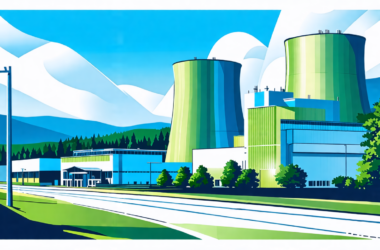Table of Contents Show
Canada’s Role in the Global Uranium Market
Canada stands as a cornerstone in the international uranium market, recognized as one of the world’s leading producers and exporters of this crucial element. The nation’s uranium reserves are primarily concentrated in Saskatchewan, contributing significantly to global energy security and the production of nuclear power.
Understanding Canada’s Uranium Export Laws
The export of uranium from Canada is a meticulously regulated process governed by a framework of laws and international agreements. These regulations ensure that uranium exports align with Canada’s nuclear non-proliferation and safety commitments. Key aspects of these laws include:
Nuclear Non-Proliferation Treaty (NPT)
As a signatory to the NPT, Canada is obligated to prevent the proliferation of nuclear weapons. Uranium exports are therefore subject to stringent safeguards and controls to ensure the material is used exclusively for peaceful purposes, such as nuclear power generation.
Canadian Nuclear Safety Commission (CNSC)
The CNSC plays a pivotal role in overseeing and regulating all aspects of Canada’s nuclear industry, including uranium exports. The commission ensures that exports adhere to the highest standards of safety, security, and environmental protection.
International Atomic Energy Agency (IAEA) Safeguards
Canada collaborates closely with the IAEA to implement comprehensive safeguards on its uranium exports. These safeguards involve rigorous inspections and monitoring to verify that the uranium is used solely for peaceful applications and is not diverted for any unauthorized purposes.
The Export Process: A Step-by-Step Overview
Exporting uranium from Canada involves a series of well-defined steps to guarantee compliance with all relevant regulations:
1. Export Permit Application
The process commences with the exporter submitting an application for an export permit to the CNSC. The application must detail the intended end-use of the uranium, the recipient country, and the safeguards measures in place.
2. CNSC Review and Approval
The CNSC conducts a thorough review of the application, assessing the exporter’s adherence to nuclear non-proliferation policies, safety protocols, and environmental standards. If the application meets all requirements, the CNSC grants an export permit.
3. IAEA Verification
Following permit approval, the IAEA independently verifies the information provided in the application and conducts inspections to ensure compliance with safeguards agreements.
4. Export and Ongoing Monitoring
Once all approvals are in place, the uranium can be exported. The CNSC and IAEA continue to monitor the shipment and usage of the uranium to ensure ongoing adherence to regulations and peaceful use commitments.
Uranium Export Destinations
Canada exports uranium to a diverse range of countries with established nuclear power programs or those developing such programs. Key export destinations include the United States, European Union member states, South Korea, Japan, and China. All recipient countries must have bilateral nuclear cooperation agreements with Canada and adhere to strict non-proliferation and safeguards obligations.
Economic Significance of Uranium Exports
Uranium exports contribute substantially to Canada’s economy. The industry generates employment opportunities, stimulates technological innovation, and fosters international trade relationships. Moreover, uranium exports play a crucial role in supporting global clean energy initiatives and reducing reliance on fossil fuels.
Canada’s Commitment to Responsible Uranium Export
Canada maintains an unwavering commitment to the responsible and ethical export of uranium. The comprehensive legal framework, stringent safeguards, and collaborative international partnerships ensure that Canadian uranium exports contribute to global energy security while upholding the highest standards of nuclear non-proliferation and safety.










